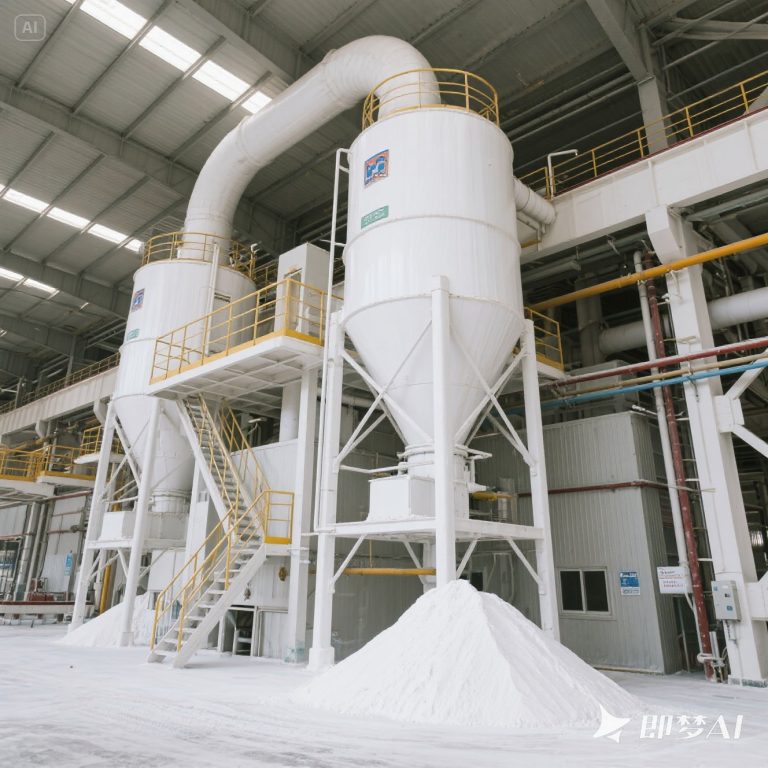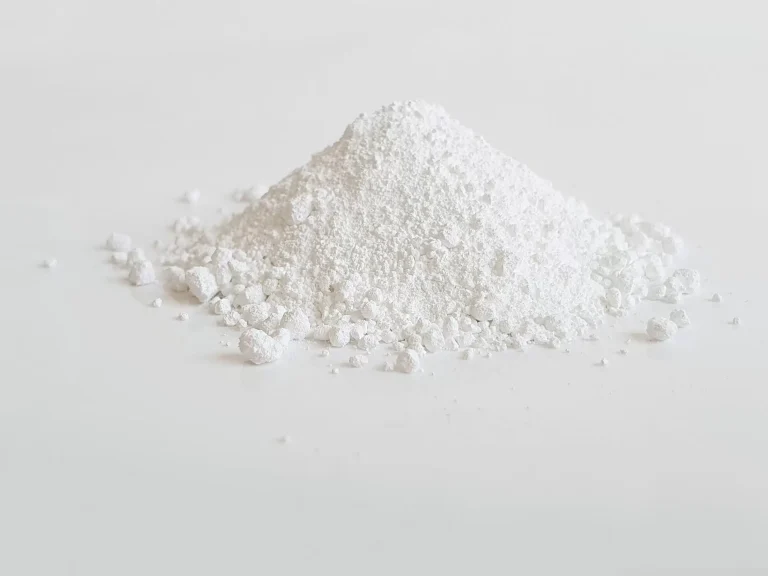Titanium Dioxide Pigment: A High-Quality White Pigment
In-depth Analysis of Titanium Dioxide Pigment — Properties, Manufacturing, Applications, and Market Overview
Titanium dioxide (TiO₂), commonly known as titanium white pigment, is a crucial inorganic chemical pigment renowned for its excellent performance and wide-ranging applications. As one of the best-performing white pigments globally, titanium dioxide not only offers bright coloration and strong hiding power but also exhibits outstanding chemical stability and weather resistance. This article provides a comprehensive overview of the properties, manufacturing methods, application fields, and current market status of titanium dioxide pigment.
Properties of Titanium Dioxide Pigment
Titanium dioxide mainly exists in three natural crystalline forms: rutile, anatase, and brookite. Among these, rutile and anatase are widely used in industrial production due to their stable crystal lattice structures. Titanium dioxide pigment features pure whiteness, excellent opacity, strong durability, and chemical stability. Additionally, it is non-toxic, odorless, and harmless to humans, making it an environmentally friendly pigment.
Manufacturing Processes
There are two primary manufacturing processes for titanium dioxide:
- Sulfate Process: The traditional method predominantly used domestically, involving acid digestion of ilmenite, washing, calcination, salt treatment, and drying. This process has lower capital investment but produces considerable acid waste and residues, requiring comprehensive environmental controls.
- Chloride Process: An advanced international technique that reacts high-grade ilmenite with chlorine, followed by oxidation and gas-phase hydrolysis to produce titanium dioxide. The chloride process boasts higher production efficiency, superior product quality, and lower energy consumption and emissions, though it demands higher-quality raw materials and equipment, leading to increased costs.
Application Fields
Thanks to its outstanding properties, titanium dioxide pigment finds extensive use across multiple industries:
- Coatings: As a core pigment, especially rutile titanium dioxide, it enhances paint opacity, whiteness, mechanical strength, and extends the lifespan of coatings.
- Plastics and Rubber: Improves heat resistance, light stability, weather resistance, mechanical strength, and service life of plastic products. In rubber, it serves as both pigment and reinforcing agent with anti-aging effects.
- Paper: Used as filler for premium and lightweight papers to improve whiteness, gloss, and strength.
- Inks: Essential in high-grade inks for durability, color retention, and excellent dispersion.
- Enamels and Ceramics: Enamel-grade titanium dioxide has high whiteness, uniform particle size, and mixes easily, enhancing melting properties.
- Cosmetics: Widely used in powders, sunscreens, and toothpastes due to its non-toxicity and chemical stability, offering whitening and coverage benefits.
- Other Fields: Also applied in synthetic fibers, electronics, glass, pharmaceuticals, and food packaging.
Market Overview
With ongoing global economic growth, demand for titanium dioxide continues to rise. China, as the world’s largest producer and consumer, has seen rapid expansion in output and consumption. However, the industry faces challenges including supply-demand imbalances and anti-dumping investigations. Moving forward, the titanium dioxide sector will emphasize green, low-energy, and high-quality production. Companies must enhance technological innovation, improve product quality, and reduce costs to strengthen global competitiveness.
Titanium dioxide remains a vital raw material in the global chemical industry, supporting the development of various sectors with its excellent properties and broad applications. With advancing technology and increasing environmental awareness, its production and utilization will continue to evolve toward sustainability and efficiency.









